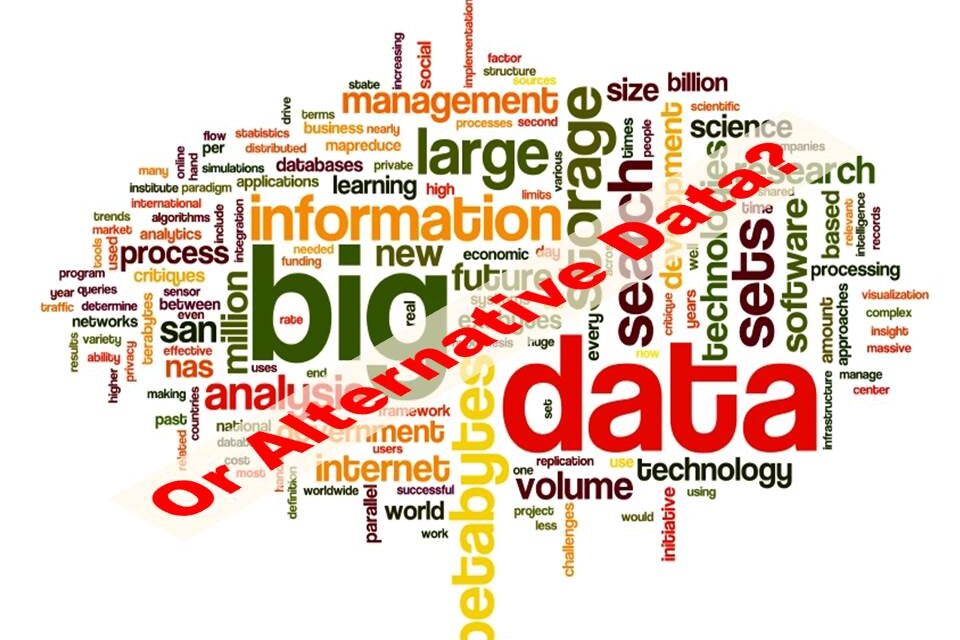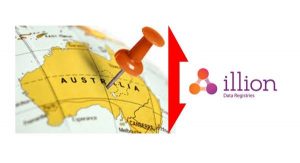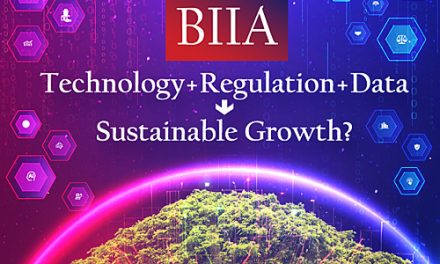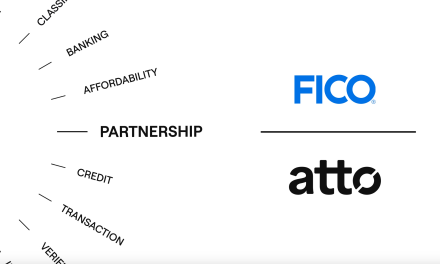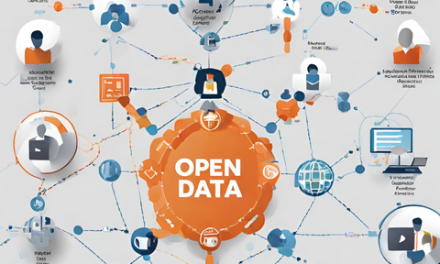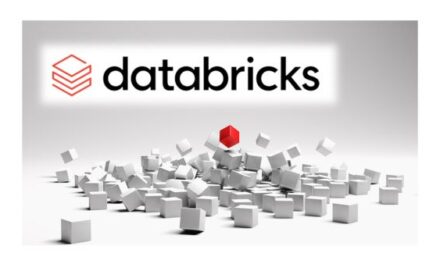On the surface, evaluating consumer risk may seem simple – we’re assessing the creditworthiness of our customers. An accurate assessment will help deliver a more predictive picture, so where we concentrate our focus on what really matters. But why do we assess consumer credit risk, and how might this change in the future? It turns out, the answer lies in alternative data.
Not all data is created equal – we need quality over quantity.
CCR (Comprehensive Credit Reporting) data is currently used by approximately 50 financial organisations in Australia, allowing these institutions to use both positive and negative information to assess credit risk. With this in mind, it’s more important than even to have the relevant data for the specific type of customer risk your business needs to analyse.
Let’s take a look at the traditional – and alternative – data sets that make up consumer credit risk.
What are traditional data sets?
Credit reports usually include the following customer data:
- Credit Enquiries – previous enquiries for credit products such as credit cards, home loans, personal loans and business loans. They typically include the credit provider and loan amount.
- Defaults on credit cards, loans and utility bills.
- Bankruptcies, court judgements, personal insolvencies.
- CCR Data –
- Accounts – Information about accounts held with CCR data providers.
- Repayment history – a history of up to two years of repayments, whether these repayments were made or not.
Credit data is fantastic to have, but it only includes credit-related behaviours, so it doesn’t give us the complete picture of a customer’s credit risk, or their likelihood of going into hardship. This is because it excludes details that can tell us a lot about someone’s risk of defaulting – income, Buy Now Pay Later (BNPL) payments, rent, insurance and subscriptions like Netflix.
Alternative data sets look beyond demographics to deliver a more complete picture of risk.
In contrast, alternative data sets give us a granular view of expenditure, and high visibility of income. This includes things like:
 Employment insights – see employer and industry details, income amount, any increases/decreases in income and payment frequency.
Employment insights – see employer and industry details, income amount, any increases/decreases in income and payment frequency.- Rent recognition – amount of rent, on-time or late payments.
- Welfare information – for example Centrelink payments.
- Significant transaction alerts
Source: illion news
